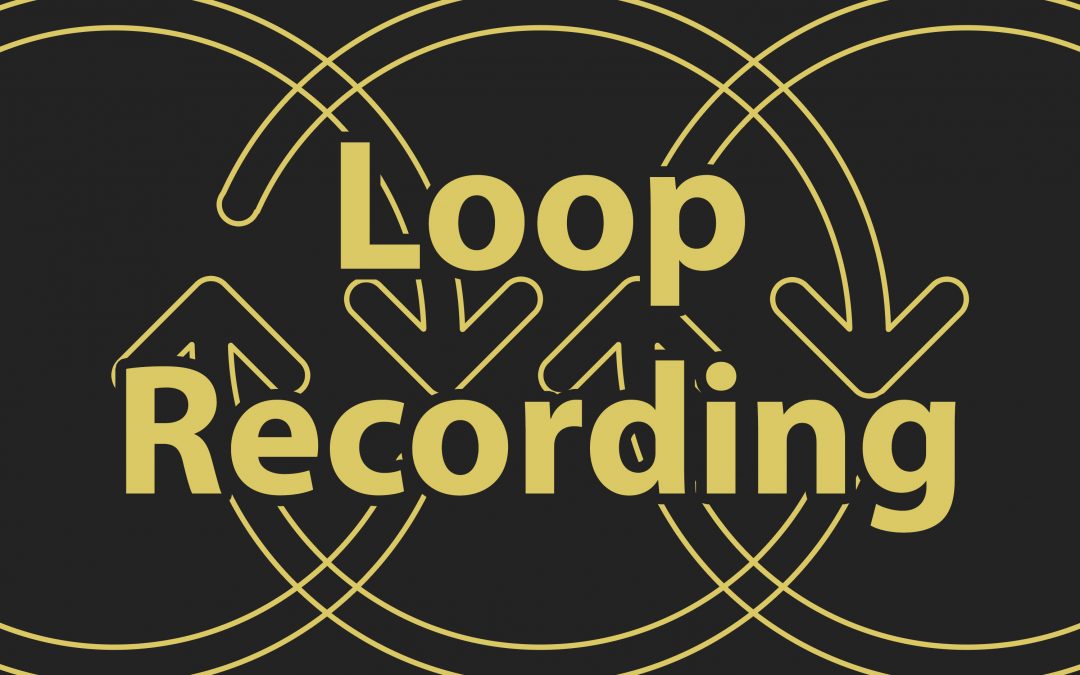Chances are, you’ve likely been warned by your smartphone that you are out of storage space, making it so you’re unable to take new photos or videos until you delete some existing files. With Rexing dash cams, the Loop Recording feature serves as a solution to this problem. When your memory card is full, as the camera records new clips, it will begin overwriting your earliest (unlocked) recordings in real-time. This process happens automatically, without the need for user intervention. This is especially important to the design of Rexing dash cams, which is to be as low-maintenance as possible, allowing you to drive with confidence that the camera is recording.
Loop Recording achieves its goal of continuous recording by partitioning clips into segments, with the length of the segments depending on your desired setting. What this means is that, with Loop Recording set to 3 minutes, a 30-minute drive would be saved onto your memory card as 10 segments, each one 3 minutes long. This can be incredibly useful when you need to find a file which captures a critical moment, as it can be easily located based on the timecode of the short clip, rather than having to scrub through a lengthy recording which contains your entire drive. By having your recordings saved as segments, it also makes transferring your files faster than if your session was saved as one continuous recording, as the filesize of each segment will be smaller.
Loop Recording is essential to Rexing dash cams, as it’s a feature which distinguishes them from other types of cameras. We are happy to include Loop Recording as a feature to all of our dash cams, as our number one priority in designing our products is to create an unobtrusive, hands-off dash cam experience that keeps your eyes and mind focused on the road.

